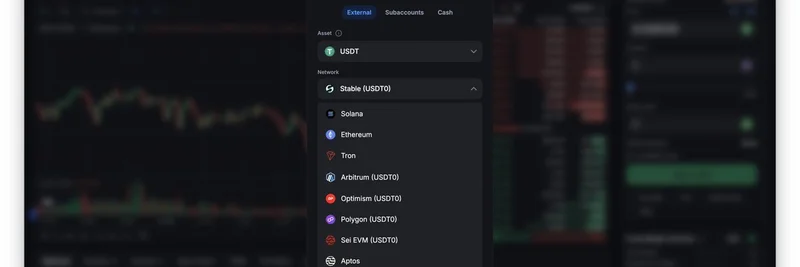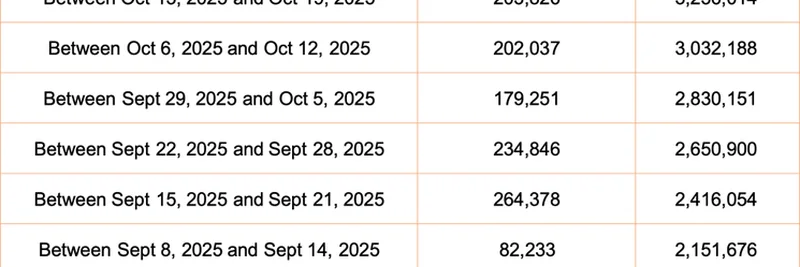Hey there, crypto enthusiasts! If you’ve been keeping an eye on the wild world of decentralized finance (DeFi) and memecoins, you’ve probably noticed something exciting brewing. A recent thread by Viro ꙰ (@virotechnics) on X is making waves, suggesting that credit-enabled MemeFi could be the next big thing to supercharge the memecoin market. Let’s dive into this idea, break it down, and see why it might just be the fuel for the next memecoin supercycle!
What Is MemeFi, and Why Does Credit Matter?
First off, let’s clarify what MemeFi is. It’s a blend of "meme" and "DeFi," essentially a market structure where memecoins—those quirky, community-driven cryptocurrencies like Dogecoin or Shiba Inu—get a financial upgrade. The twist? Introducing credit into the mix. Viro argues that memecoins have already become the backbone of crypto revenue, powering exchanges and decentralized platforms with their massive trading volume. But they’re only half-financialized right now because holders often have to sell their tokens to get cash, missing out on future gains.
Credit changes the game. Imagine being able to borrow against your memecoin holdings without selling them. Need money for rent or a new trade? You can use your $MOG or $IMF as collateral and stay invested for that potential 10x or 100x move. This shift could turn memecoins into mature assets, blending speculative fun with serious financial tools.
The Four Pillars of MemeFi
Viro outlines four key dynamics that make MemeFi a game-changer:
Collateralization of Culture: Lending protocols like International Meme Fund ($IMF) are already accepting memecoins as collateral, raking in eight-figure total value locked (TVL) in just two months. This shows lenders are willing to bet on these "cult" assets when risks are managed well.
Infinite Long Exposure: With credit, holders can borrow against their memecoins for everyday needs or new investments without cashing out. This keeps them in the game for those explosive price surges, a common regret for traders who sold too early.
Flywheel Economics: More credit means more trading volume, which boosts fees on decentralized exchanges (DEXs) and lender yields. It’s a self-reinforcing loop, similar to what fueled altcoins in 2021 via platforms like MakerDAO and AAVE.
Credit Efficiency as a Moat: Not all memecoins will thrive. Those with the best credit mechanics—low borrow rates, deep liquidity, and strong risk controls—will dominate, compounding their value over time.
Why $IMF and $MOG Are Poised to Lead
Viro is particularly bullish on $IMF, predicting it could hit a multi-billion-dollar valuation and rival the biggest DeFi protocols. The protocol’s rapid growth and ability to use memecoins as collateral are big reasons why. Meanwhile, $MOG gets a shoutout as a first mover in recognizing credit’s importance, with Viro even taking an active role as both a lender and borrower.
The attached image from the thread shows $IMF transactions on Ethereum, hinting at the real-world activity already happening. This isn’t just theory—it’s a trend in motion!
The Bigger Picture: Memes as Money
Here’s the bold claim: memecoins are already acting like money in 2025, driven by community hype and trading volume. Plugging them into credit markets could unlock their full potential, turning them into collateral, yield sources, and investment vehicles all at once. Protocols that master this layer could see massive TVL and revenue, reshaping the crypto landscape.
What This Means for You
If you’re a blockchain practitioner or just a memecoin fan, this is a trend worth watching. Viro’s taken a big position in $IMF and is diving into $MOG’s credit markets—moves that signal confidence. But with high rewards come high risks. The memecoin space is volatile, and not every token will survive this evolution. Do your research, understand the risks, and maybe explore how credit could fit into your crypto strategy.
What do you think? Is credit-enabled MemeFi the future of DeFi, or just another hype cycle? Drop your thoughts in the comments, and stay tuned to Meme Insider for more updates on this exciting space!



